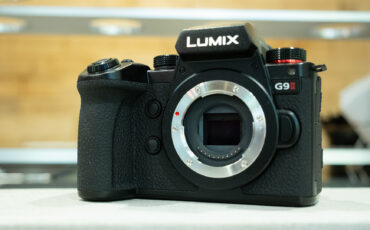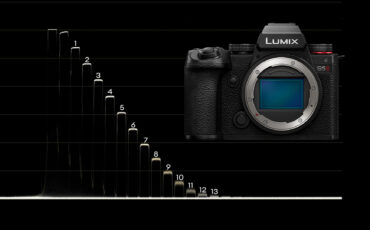Panasonic LUMIX G9II and More – A Talk with Panasonic’s Director of Imaging Business Unit Tsumura-san
In our interview with Toshiyuki Tsumura-san, Executive Vice President of Panasonic and Director of Imaging Business Unit, we not only discuss the newly announced LUMIX G9II, but a lot more! The Panasonic’s LUMIX G9II is a 25MP Micro Four Thirds photography flagship with PDAF, improved IBIS, high-speed stills shooting, and more. The G9II can also record up to 5.7K60 or 4K120 video with a selection of 10-bit 4:2:2 and 4:2:0 modes.
The first generation LUMIX G9 mirrorless camera was released six years ago. Today, Panasonic announced a second generation – the LUMIX G9II. My colleague Johnnie had the chance to spend some time with it in Japan, so make sure to check out his first-look review. In this article though, we will focus on the main features and specs of the new camera as well as some background information from Johnnie’s interview with Toshiyuki Tsumura-san.
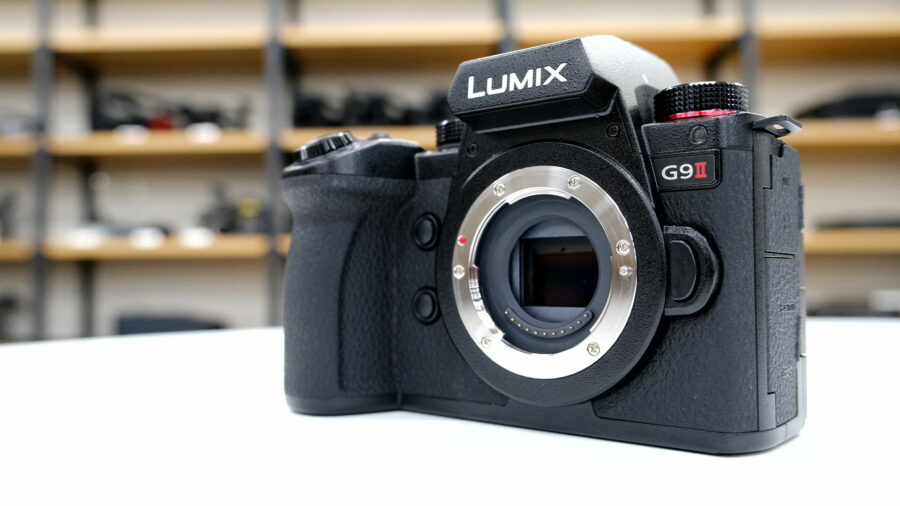
Remember the LUMIX CM1 photo smartphone?
To provide some perspective on his journey at Panasonic, Tsumura-san mentions in the interview that back in 2014, he was leading the development of the LUMIX CM1. To refresh your memory – released in 2015, the CM1 was Panasonic’s take on the smartphone market. It was an Android phone with a strong focus on the camera – the CM1 had a 20MP 1”-type image sensor and a 28mm equivalent f/2.8 Leica DC lens. At that time, this was one of the best cameras available in a phone.
Why is MFT relevant in 2023?
Furthermore, Tsumura-san talks about the positive reception of the LUMIX S5II and S5IIX full-frame cameras in the photo and video creator market. As we move on to the new LUMIX G9II, he emphasizes the size advantage of the Micro Four Thirds system and explains why Panasonic continues investing in both lines.
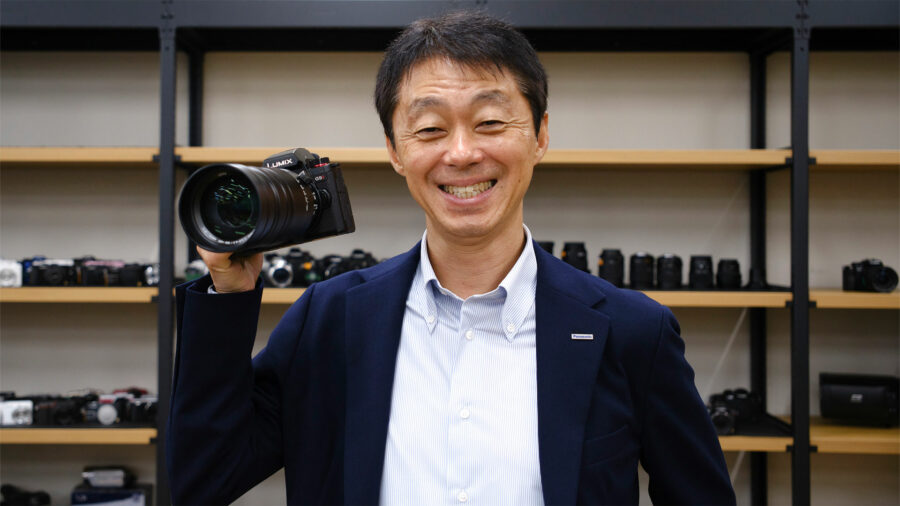
The size advantage of the MFT line does not necessarily mean the camera bodies are tiny (they are not – look at the GH6), but the camera lens combo can be more compact thanks to the 2x crop. This is especially noticeable when using long telephoto lenses, as Tsumura-san mentions.
Panasonic is planning to bring a new 100-400mm lens that supports a 2x teleconverter, which will result in a 1600mm (full-frame equivalent) focal length in quite a compact package. Furthermore, the very compact 35-100mm f/2.8 will get a new Leica DG version as well.
LUMIX G9II – PDAF, high-speed stills
Panasonic EVA1 Camera Primer
Moving on to the new G9II itself, the most notable feature in my opinion is Panasonic’s new phase-detect autofocus. Panasonic claims the AF has subject recognition (face/eye, head/human body, animal/animal eyes, car, bike) and should work even better for AF tracking than the S5II and S5IIX. As with the LUMIX S5II, there are 779 AF points.
The 25MP Micro Four Thirds sensor (without low-pass filter) features IBIS with up to 8 steps compensation, which can work together with lens stabilization for dual IS. (BIS is 8 steps@120mm, Dual IS is 7.5 steps@280mm)
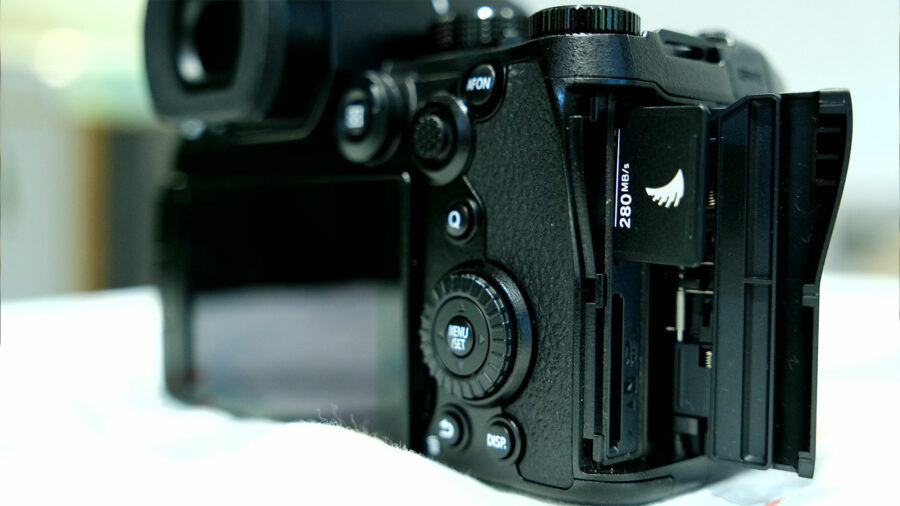
The camera features high-speed continuous stills shooting – up to 14fps with AFS and mechanical shutter or up to 75fps with AFS and electronic shutter (60fps with AFC, shooting time 3 seconds).
In regards to further photographic features, the G9II offers real-time LUT, Live view composite, 100MP equivalent high-resolution stills (JPEG/raw), and hand-held high resolution.
Video – 5.7K60 and 4K120
Although it is the photography flagship of the Panasonic MFT lineup, the LUMIX G9II does not fall behind in video features either. It can record video in up to 5.7K 60fps or 4K 120fps (C4K and 4K 60fps 10-bit 4:2:2, 5.7K 30fps 10-bit 4.2:0). There is a possibility to record in ProRes, All-I, or LongGOP codecs. The G9II uses two UHS-II SD slots for backup/relay/allocation recording, but it can also record video on an external SSD card via USB-C.

Panasonic claims that with a V-Log flat profile, the camera can give you 13+ stops of DR. As Tsumura-san told us, the image sensor now supports all ISO values with a D-range boost.
The G9II camera should have a very capable image stabilization for “gimbal-less” walking shots (optical IS and EIS).
Camera body, ergonomics, connectivity
On top of the 3.0” 3:2 vari-angle touch LCD monitor at the back, the LUMIX G9II has an OLED viewfinder with 3.68MP capable of a 120fps refresh rate. The camera body is made out of magnesium alloy and it is designed to be dust- and splashproof.
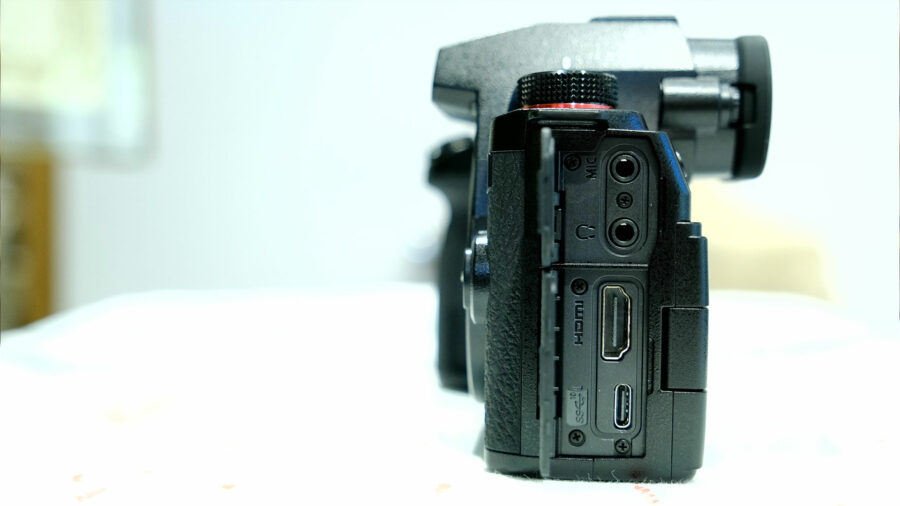
In terms of connectivity, there is a USB Type-C (3.1) port with power delivery (USB-PD), two 3.5mm jack connectors (microphone & headphones), and a full-size HDMI port.
Price and availability
The new Panasonic LUMIX G9II will be available in October 2023. The price has been set to €1.899 (in Europe, including VAT) and is available for preorder at B&H for $1,898.
What do you think about the new LUMIX G9II? In 2023, is Micro Four Thirds still relevant in your opinion? Let us know your thoughts in the comments section underneath the article.



